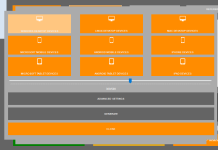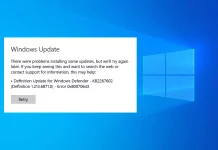Richard Baxter from SEO Gadget has released a keyword research tool that does some particularly clever things. I’ve been using it for a while now, and it’s clear that there’s been a very big focus on usability as well as a focus on it providing you with something that’s instantly actionable.
The set-up process is very straight-forward. You first add your URL, and then sync it up with your Google Analytics account – this step is optional, you can skip the GA import and just copy and paste the keywords you want it to focus on (useful if you’re using a different analytics package to Google Analytics). The tool then runs through all of the selected keywords – the ones you’ve manually put in, or the ones that have driven traffic to the site if you’ve used the Google Analytics option – and checks your ranking for that term, along with the estimated search volume (on exact match) from Google’s keyword tool. The ranking data can take a while to be gathered, depending on how many keywords you’ve added, but the search volume appears remarkably quickly. You are then presented with your keywords, graphed with where they rank, what their rough potential is based on the expected search volume and by how much traffic they’ve actually sent you.
You’re then free to start creating categories and filters.
Categories
One of the main features is being able to group sections of your keywords into categories. For example, the default category is ‘Brand’, and automatically includes all of your brand terms. You can create your own categories if you want to further seperate things out – for example, if you’re a clothing retailer, you can create a category for things like ‘shoes’ and ‘boots’, one for ‘jeans’, and so on. As an example, the graphs used here are from a snowboard site that I own – I have categories for “brand name”, “boots” and “boards”.
The one thing that I’d really like to see is a negative option, so you could create a category that *doesn’t* include your brand terms. That change would mainly benefit sites that have a huge amount of longtail brand traffic that are using the GA import option, although it’s far from essential.
Setting up categories is ridiculously easy, and gives you the ability to quickly drill down into particular product areas (especially useful if you’re dealing with a huge data set). This is particularly useful for retail sites, as you can seperate out product types easily and quickly.
Filters
Filters allow you to manipulate your data by setting up rules – rules like “show me keywords that have a search volume greater than 1000 according to the AdWords keyword tool, that I rank at the bottom of page 1 for and that sent me at least 50 visits”.
You’re then free to slice and dice the data to how you see fit – as an example, I now have a list, in order of priority, of which terms I should go after if I want to sell more snowboards:
The graph has been filtered to only show keywords that mention “boards” or “snowboards”, that have sent traffic to the site already and where I’m not ranking in the top 5.
The real beauty in this is the speed at which you can slice and dice the data. If I wanted to focus on boots, or snowboard bindings, I can be up and running within seconds. That’s especially useful if you have a large site with a lot of potential categories. The best way to see it in action, though, is to actually play with it – Richard has been kind enough to give out a coupon. At the sign up page, if you use the coupon code SHARKSEO, you can get 1 month free.
Clever Keyword Research is a post from: Shark SEO.



































